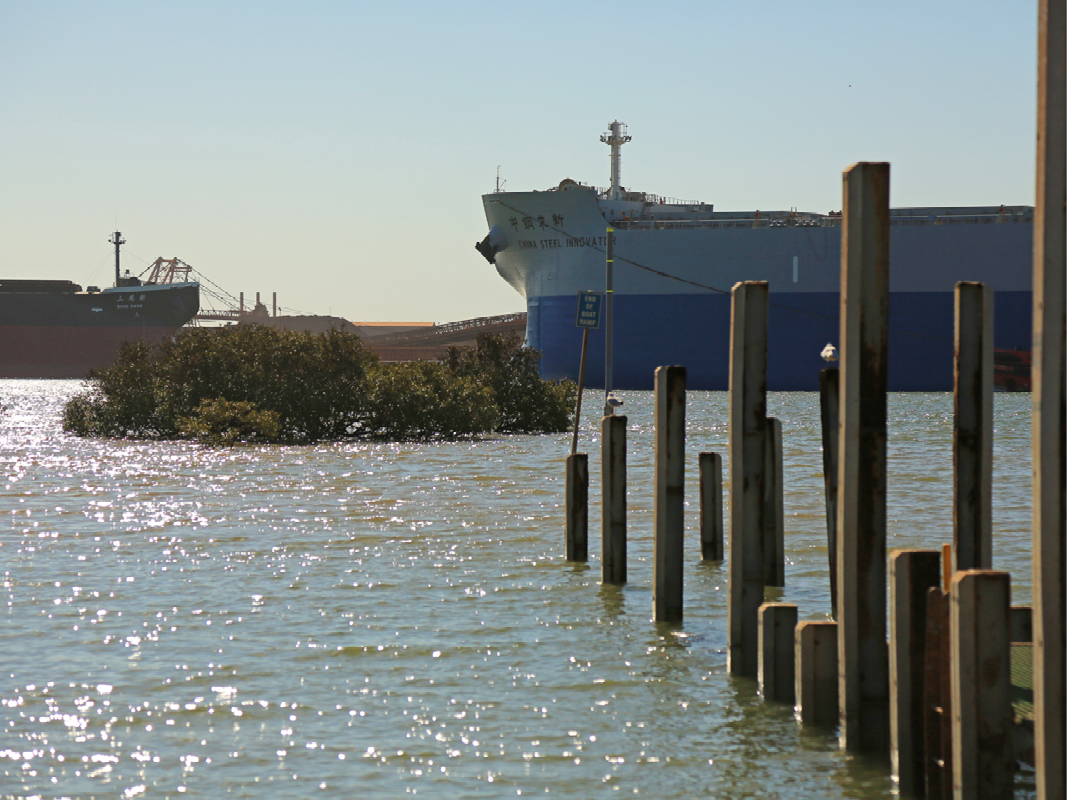Steady growth in a range of exports over the next 10 years will deliver jobs and stability to Port Hedland and the Pilbara region, according to a new report commissioned by the Port Hedland Industries Council.
As the State emerges from the COVID-19 crisis and the importance of the resources industry in insulating the WA economy from some of the effects becomes apparent, the report has detailed the wealth the Port and related businesses will distribute over the next 10 years.
Based on production and financial details from a range of port users, including PHIC members, The Economic Significance of the Port of Port Hedland report compiled by ACIL Allen Consulting examined the Port’s economic contribution in 2018/19 and its forecast value to 2028/29.
The Port of Port Hedland and its supply chain pumped $54.7 billion into WA’s economy in 2018/19 and supported one in every 12 jobs throughout the State.
In Port Hedland, the economic value of the port and its supply chain was even more significant.
It contributed $1.1 billion to the town of Port Hedland’s economy in 2018/19, creating 3,581 direct and indirect full-time jobs — 44 per cent of all jobs in Port Hedland in the year — and paid almost $500 million in wages and salaries to resident workers.
For every full-time job directly employed by the Port and the companies that trade through the Port, a further two full-time jobs are created in other parts of the town’s economy.
PHIC Chief Executive Kirsty Danby said the figures revealed in the report were a powerful reminder of the economic muscle of the Pilbara, the Port of Port Hedland, and the town.
“That the port supply chain is responsible for one in every 12 jobs in WA is extraordinary and a reflection of the importance of the port to the economic futures of the town, the State and the nation,” Kirsty said.
“Industry is not only contributing directly through taxes, royalties, wages and salaries. It provides vital indirect benefits to a range of contractors and services providers and contributes to the vitality and development of Port Hedland community through its support for a range of programs.”
The assessment found that a range of mining companies were positive about their long-term prospects in the region.
PHIC members —Pilbara Ports Authority, BHP, Fortescue, and Roy Hill — and port users Atlas Iron, Rio Tinto (salt), Sandfire Resources, Pilbara Minerals, and Mineral Resources contributed production and financial details for the report.
The report said total iron ore production was expected to increase from 524.9Mt in 2019-20, peaking at 547.5Mt in 2022-23 before easing to an average of 545.2Mt over the remainder of the period to 2028/29.
The economic assessment said growth of the Port and exports over the next 10 years could deliver:
- An extra $26.2 billion of gross regional, State and domestic product.
- A potential increase in real income of $32.1 billion.
- An extra $21 billion in State and Federal taxes and royalties.
- More than 5300 extra jobs a year across Australia.
- An extra 1,072 FTE jobs a year in the Pilbara.
Town of Port Hedland Commissioner Fred Riebeling acknowledged that increased growth translated into community benefits.
He said the Town was committed to supporting jobs growth.
“We understand that more job opportunities will help retain our population, particularly our young people,” Mr Riebeling said. “Jobs are on the minds of communities across Australia, with port activity potentially providing more opportunities for people to change careers.
“Particularly in the context of contractions in the broader economy, the release of the PHIC’s report demonstrates how important the port’s operations are to the heart of Australia’s prosperity.”
More details on the report are available here: https://www.phic-hedland.com.au/
Read the full ACIL Allen report: https://www.phic-hedland.com.au/index.php/news-and-resources/links/


